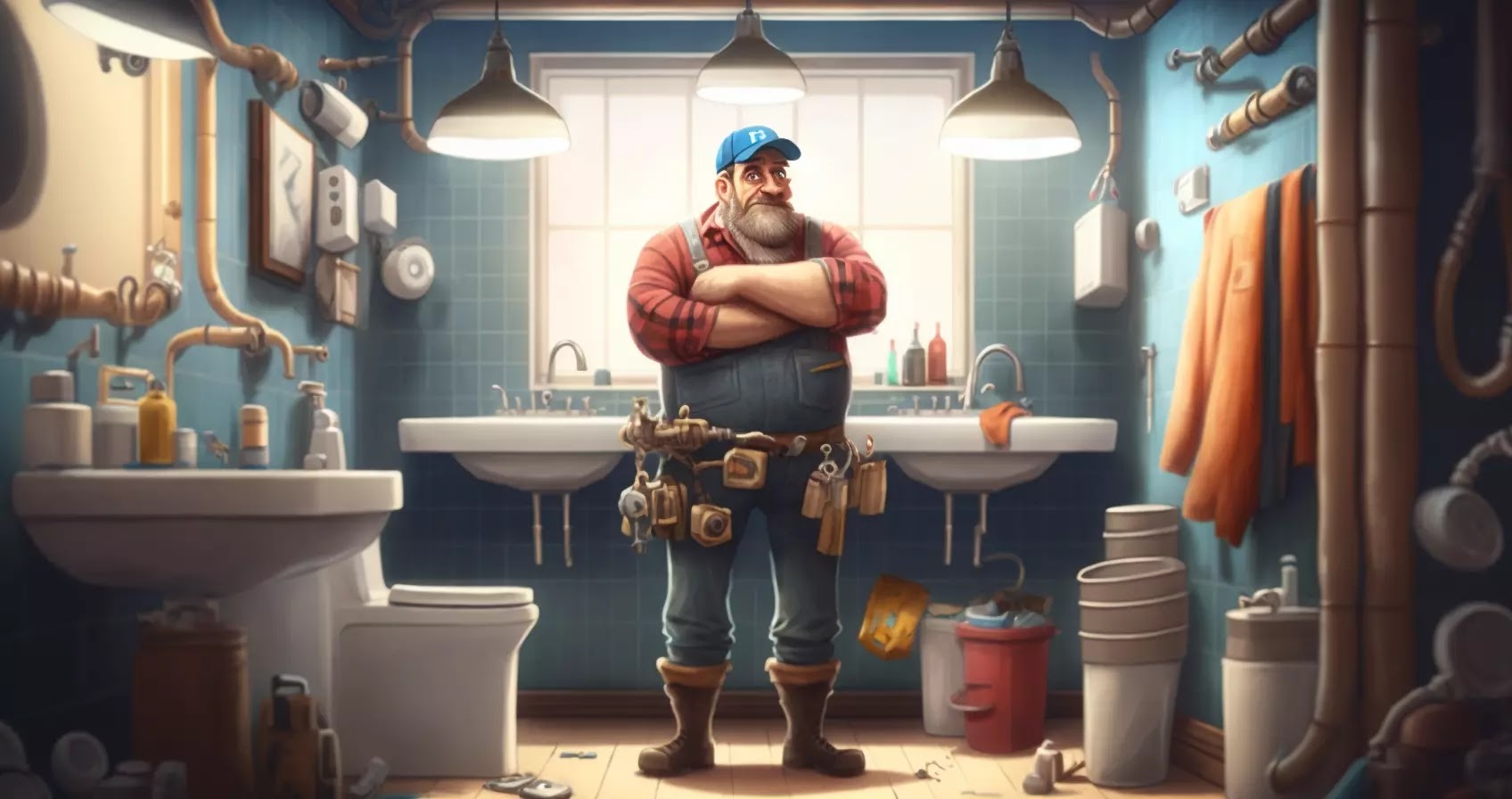Are you interested in a career in manufacturing that combines technology, innovation, and problem-solving? Consider becoming an Advanced Manufacturing Technician. This is a challenging and fulfilling role that is in high demand in the current market.
Quick Navigation:
Why Become an Advanced Manufacturing Technician?
There are many reasons why you should consider pursuing a career as an Advanced Manufacturing Technician.
Firstly, this is a field that is growing rapidly and offers excellent job security. Secondly, it’s a field that combines hands-on work with cutting-edge technology, which means you’ll never get bored.
Finally, it’s a well-paying profession that can offer you financial stability and career growth.

How to Become an Advanced Manufacturing Technician
If you’re interested in becoming an Advanced Manufacturing Technician, there are a few steps you can follow:
- Get a high school diploma or GED equivalent
- Obtain an Associate degree in Advanced Manufacturing Technology or a related field
- Get hands-on experience through internships or entry-level jobs in the manufacturing industry
- Obtain certifications in specific areas such as automation or robotics to enhance your skills and knowledge.
Skills for Advanced Manufacturing Technicians
Becoming a successful Advanced Manufacturing Technician requires a combination of technical and soft skills. Here are some of the most important skills to develop:
- Knowledge of advanced manufacturing technologies, such as robotics, automation, and computer-integrated manufacturing
- Problem-solving skills
- Attention to detail
- Strong analytical and critical thinking skills
- Excellent communication skills
Career Development
As an Advanced Manufacturing Technician, you have plenty of opportunities for career growth and advancement. As you gain experience and develop new skills, you can move up the ranks to become a senior technician, team lead, or even a manager.
Requirements of Advanced Manufacturing Technicians
To be successful as an Advanced Manufacturing Technician, you’ll need to meet certain requirements. These may include:
- An Associate degree in Advanced Manufacturing Technology or a related field
- Hands-on experience in manufacturing operations
- A thorough understanding of advanced manufacturing technologies and processes
- Strong analytical and critical thinking skills
- Excellent communication and problem-solving skills
Interview Preparation for Advanced Manufacturing Technicians
If you’re preparing for a job interview in Advanced Manufacturing, there are a few things you should keep in mind:
- Research the company and its products
- Prepare for technical questions related to manufacturing technologies and processes
- Be ready to talk about your previous experience and how it relates to the job
- Showcase your problem-solving skills and attention to detail
Work-Life Balance
Advanced Manufacturing Technicians can work in various settings such as production facilities, engineering labs or research and development centers.
It is often a shift-based job that requires extended hours of working, but it’s still possible to maintain a good work-life balance. Some tips for maintaining a good balance include:
- Set your work schedule and manage your time effectively
A Day in the Life of an Advanced Manufacturing Technician
As an Advanced Manufacturing Technician, your daily routine may vary depending on the company you work for and the specific role you have. However, here is an example of what a typical day might look like:
| Time | Activity |
|---|---|
| 7:00 AM | Arrive at work and review production schedule |
| 8:00 AM | Set up and calibrate manufacturing equipment |
| 9:00 AM | Perform quality control checks on manufactured parts |
| 12:00 PM | Lunch break |
| 1:00 PM | Assist with troubleshooting and repair of manufacturing equipment |
| 3:00 PM | Collaborate with engineers to improve manufacturing processes |
| 5:00 PM | Clean and maintain manufacturing equipment |
| 6:00 PM | Finish work and review production results with supervisor |
FAQs
Q: Is this job in high demand?
A: Yes, Advanced Manufacturing Technicians are in high demand in the current job market. This is because there is a shortage of skilled workers in the manufacturing industry, and companies are looking for professionals who can operate and maintain advanced manufacturing technologies.
Q: What are some common challenges faced by Advanced Manufacturing Technicians?
A: Some common challenges faced by Advanced Manufacturing Technicians include troubleshooting and repairing manufacturing equipment, meeting production quotas, and maintaining product quality standards. However, with the right training and experience, these challenges can be overcome.
Wrapping Up
If you’re interested in a career in manufacturing that combines technical expertise with problem-solving skills, becoming an Advanced Manufacturing Technician might be the perfect fit for you.
With a combination of education, hands-on experience, and certifications, you can become a highly skilled professional in this exciting and growing field. Don’t hesitate to explore this rewarding career path today!






